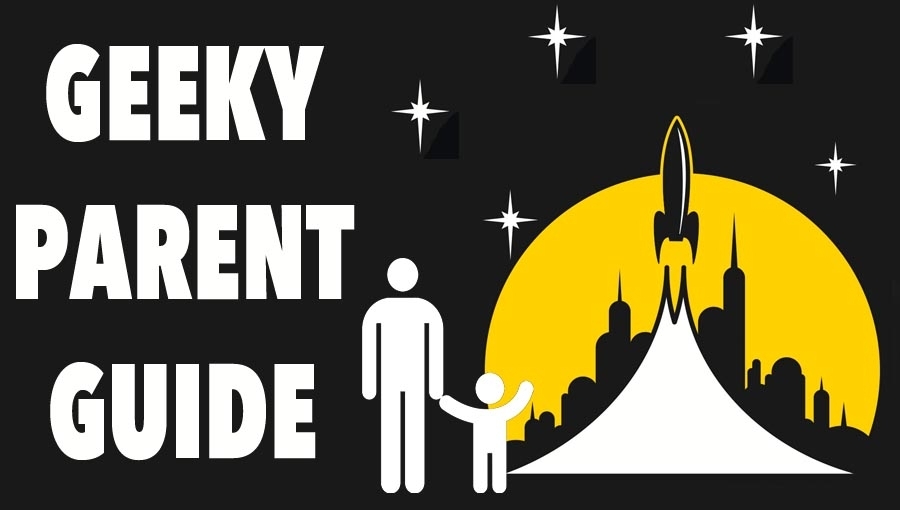The space community has had a productive year, discovering significant data to better understand the great universe outside of our home planet. From that data, there are many opportunities for researchers to develop images or real-life simulations to better understand the magnitude of what’s happening in far-reaching locations, like the International Space Station (ISS), Mars, and the Sun.
As a parent, it’s an astounding accomplishment to see people collaborate all over the world to accomplish the many tasks associated with space missions. For these very reasons, it’s a clear reason to highlight such institutions as NASA to your kids to let them learn and wonder about all of life’s mysteries and how STEM fields are attempting to better understand what we do not yet know.

Quakes on Mars
The Insight Mars Lander is already providing data that might leave one shaking in their boots. The mission of InSight can be easily understood from its acronym: Interior Exploration using Seismic Investigations, Geodesy, and Heat Transport. The seismometer being used on Mars, which was provided by the French space agency Centre National d’Études Spatiales (CNES), has already detected its first marsquake earlier this year. There are so many factors involved in getting things right, much like most things in life, so it’s such an amazing thing for children and adults of all ages to see pieces of advanced technology work as intended in space and then transmit that information over such tremendous distances.
It’s a marvel in itself, but then, seeing a recreation of what that data means – learning what a marsquake might feel like – is incredible to witness. “The Marsquake Service (MQS) center at ETH Zurich in Switzerland monitors daily seismic activity on Mars,” and you can, too! You and your family will love watching a video on the ETH Zurich YouTube channel that literally shows how that data has been interpreted and simulated for others to actually know what a quake on Mars might feel like. Plus, the researchers also compare those to what happens on the moon, as well.

Raise Shields Against Space Weather
Solar Energetic Particles (SEPs) originate from the Sun, and although the Earth’s magnetosphere protects us from these harmful particles, traveling in space is quite different. “Radiation is energy packaged in electromagnetic waves or carried by particles. The energy is handed off when the wave or particle runs into something else, like an astronaut or spacecraft component.” So, how do astronauts travel more safely?
Fortunately, there are space environment officers, or “space lifeguards,” who focus on inclement space weather and activity from the Sun that could potentially pose risks to those in space. Since designs of spacecrafts do not provide much mass to absorb the particles, NASA has developed ways to use materials available to them to build an additional barrier that gives astronauts a protective layer.
Additionally, the Parker Solar Probe completed its second “flyby” of the Sun in May 2019 and transmitted a large amount of data that exceeded expectations. The probe did so well that they increased the number of downloads being submitted, further increasing the amount of science data being sent to Earth. This is significant, especially with a third pass of the Sun coming at the end of August, since, “The spacecraft will track SEPs near their origins — key to solving how solar eruptions accelerate particles.”

Experiments to Better Understand the Human Body
A resupply to the International Space Station from SpaceX at the end of July 2019 provided a wealth of research opportunities for those working on the station. One example of this research can be compared to 3D printing – “What if you could use that same technology to manufacture biological materials, like new tissue or blood vessels?” Such strides in their testing could lead to also creating human organs and reduce the chances of a body’s rejection for those needing such medical care.
The Cell-Science-02 investigation is also attempting to understand the body and its ability to heal. Such research might help to counter the loss of bone density that astronauts face, while also impacting injuries on Earth. “The results from this investigation may help to explain the overall impact of microgravity on the bone healing / tissue regeneration process and determine the potential effects of microgravity on the inductive agents of wound healing.”
The GRIP experiment allows ISS astronauts to test an alternative method of being able to control their extremities. This system of motion control will allow data to be generated to compare movements in space versus that on Earth with gravity, which “may benefit patients with neurological diseases.”
The amazing advances in science and technology continue to prove that we need more of it. All of these space endeavors are helping to better understand not only our own planet, but ways to know how to protect the human body. All of these things are monumental in the efforts to pursue sending people to Mars and beyond.
Such dreams do not seem so distant for kids who might one day want to set foot on the red planet. Following these missions are great tools for parents to share with their children, as it’s very encouraging to see the collaboration, dedication, and hard work required to take such steps to “boldly go where no one has gone before.” There are plenty of images, articles, and videos to try and absorb all that’s happening; plus, you can also go online to watch some NASA TV!
Do your kids dream of being an astronaut? What have been your favorite space adventures or experiments from 2019? Is there a particular mission you or your kids follow more than any others? Share your thoughts in the comments below and don’t forget to share this page with all of your geeky friends.
Until next time, happy parenting and happy geeking.

